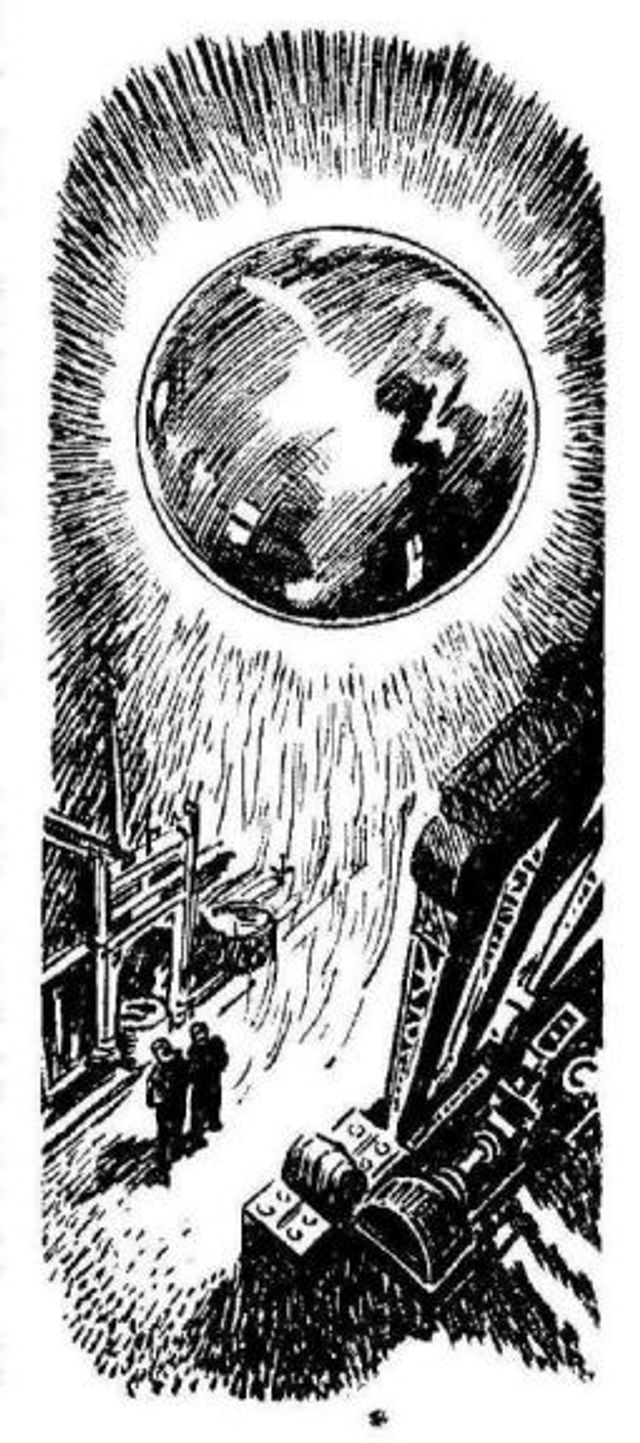-
Vijay Fafat
- Published on
The story is set sometime around 12,000 AD. The use of interstellar rockets over 15 years creates a “polarization of space” which leads to a “Pioneer anomaly”-like deviations in flight paths of spacecraft. There’s also an enormous leakage of energy from our universe which generates an attractive force; a parallel universe will be collapsing on ours soon. To the rescue comes Craig Jamieson, inventor of the “mathematical science of brain-teaming” - the concept of parallel processing, harnessing the power of like-minded brains to work together as a unit, matched by “congeniality index”. While trying to find a solution, he discovers the “laws of random” (sic) and “principles of randomness”. He sets about having 500 monkeys type out letters at random and checks to find any pattern in the output. From there, he progresses to using machines and “semantic selectors” to create a machine that can generate meaningful mathematics (It discovers binomial theorem on the third day of operation). The idea is to set such a machine to solve the problem of space polarization and reverse its effects. In the process, he ends up creating a physical creature of logic who wants to escape from Random, the God of the laws of randomness (don’t ask). All turns out well in the end (apart from a brief headache for the reader).
A very “pulpy”, incoherent and inconsistent tale. Computers / “Calculators” are widely available and quite powerful but no one has succeeded in generating AI machines (“mechanical brains”). Oddly enough, they seem incapable of generating random numbers (hence the use of monkeys) or have any digital screen output; everything is typed out to paper. Mathematical references are sprinkled throughout, some blatantly incorrect. Einsteinian relativity is thrown out the window. The basic premise behind the entire story itself makes no sense as it implies that no one has discovered the concepts of statistics and probability before and that they embody a panacea which will solve all problems if we only knew how to utilize them. The whole apparatus falls apart a third of the way into the story.



